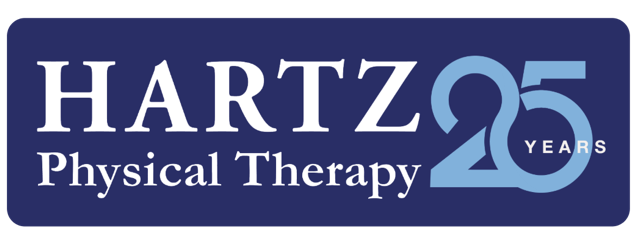Written by Private: Elizabeth Franze, DPT
Article
Pelvic Health
Did you know that one in five people will experience pelvic pain in their lifetime?
May is Pelvic Pain Awareness Month, so let’s talk about pelvic pain. Pain is a symptom of our body experiencing dysfunction, and this can happen in the pelvic area just as easily as it happens in other parts of the body. The most important thing to know is that pelvic floor physical therapy can help!
You can experience pelvic pain in the lower abdomen, lower back, pelvis or within the intrapelvic structures, which are your reproductive organs, bladder, and rectum. Pain can be chronic, meaning you have had it for longer than 3 months, or acute, which is a new pain. Although, chronic pelvic pain is more prevalent in females, men can also experience and get treatment for pelvic pain. Pelvic floor dysfunction in men can cause bladder, rectal, testicular, abdominal, groin, hip, sacrum, or tailbone pain. These types of pain in both men & women are not normal, but treatment can help!
If you are experiencing pain during sex, urination, passing stool, using a tampon, or even wearing tight fitting clothing please understand you are NOT alone. This is common for many women especially after childbirth and/or during hormonal changes. For women, a pelvic floor physical therapy evaluation could include an internal muscle assessment to determine strength, tension, or tenderness. It is done with a gloved and lubricated finger inserted into the vaginal canal. Unlike a gynecological visit we do not use a speculum or stirrups and although this is the best way to assess these muscles, there are other assessments available, if preferable.
Physical therapists who have been trained specifically in pelvic floor rehab are able to assess the musculature strength, coordination, endurance, and extensibility of the pelvic floor to see if the musculoskeletal system is contributing to your pelvic pain. In addition, the alignment of the pelvis, tailbone, low back, hips, and fascial system are also assessed. Any abnormalities in the pelvic tissues or musculoskeletal system in the pelvic area can contribute to pain or dysfunction.
After assessing the pelvic structure, a pelvic PT will educate you about your body and what it needs to restore balance and reduce pain. Just like the muscle tension in your shoulders can cause pain increased pelvic floor muscle tension is most associated with pelvic floor pain. Addressing this tension can be achieved with any combination of the following physical therapy interventions:
• Deep breathing exercises
• Stretching for pelvic muscles
• Myofascial release, trigger point release
• Core strengthening exercises
• Improving posture
Don’t let pelvic pain interrupt your life. Call us for help.
